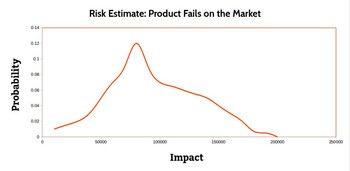
Business Strategy
A bank considers expanding its products to include financial derivatives. After completing a business plan, the bank determines that the plan is risky and decides not to pursue the strategy.Investing
An investment adviser recommends a stock to a client. The client reads the company's most recent financial report and finds it's a complex business with difficult to understand risk factors and decides against the investment.Health & Safety
A company shuts down a construction site in bad weather to avoid the risk that someone will get hurt.Information Security
A retailer discontinues collection of personal data such as customer's ages and telephone numbers to avoid the risk that such data would be stolen in an information security incident.| Overview: Risk Avoidance | ||
Type | ||
Definition | Choosing to avoid actions that trigger a risk. | |
Risk Treatments | ||





























